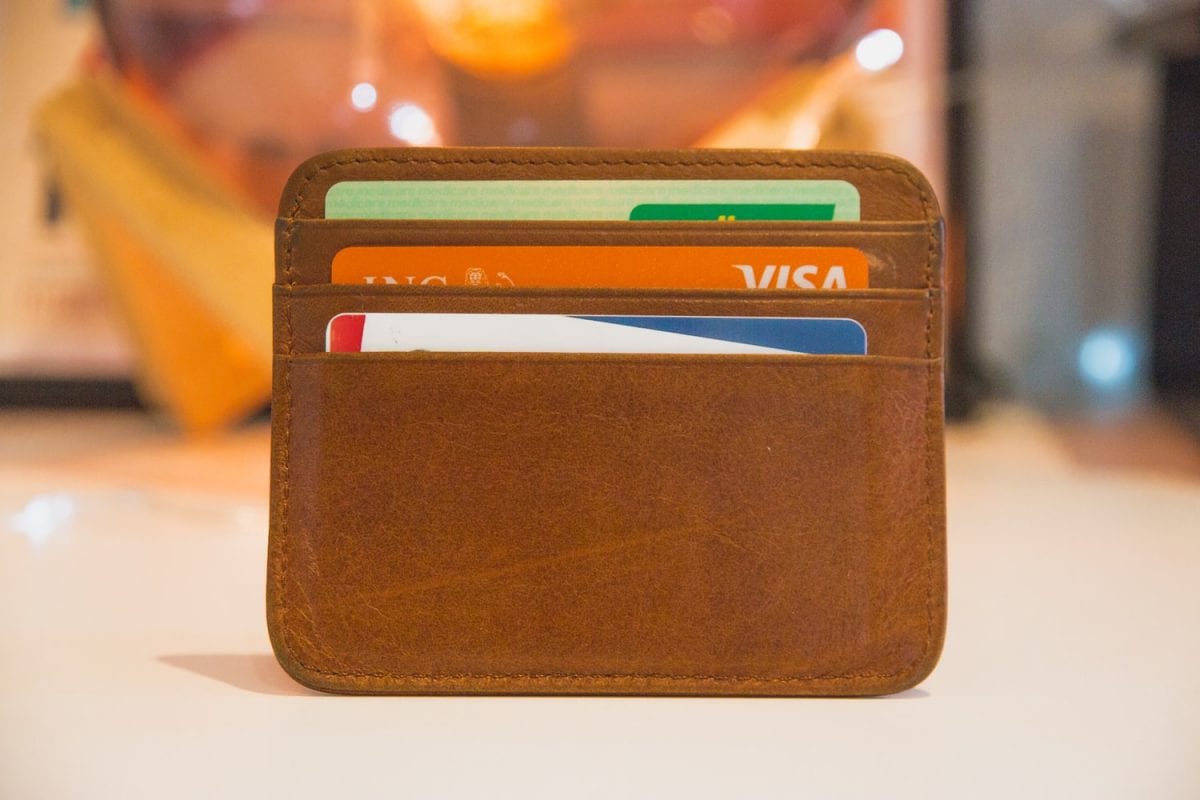Getting a 0% balance credit card transfer could help you during UK tax return time.
If you have significant credit card debt, a 0% balance transfer credit card will help you in paying it off. 0% balance cards offer no interest for a set term, easing your debt payment plan. If you work with a lender to reduce your credit card debt, the forgiven debt would still be taxable – unlike the interest charges taken away.
However, you should only think about doing a 0% balance transfer if your credit card balance is large. In case of small balances, the transfer fee could cost you more than the interest you pay now.
When you are paying interest, start looking for and comparing 0% balance deals. Do not try to plan too much in advance as these offers change on a regular basis. To take advantage of such a deal, you should either already be paying interest on your credit card balance or ending a 0% balance offer but still have interest to pay off even if you are told by the bank to not transfer your balance while you are on a 0% interest period.
Choosing a Credit Card
If you simply want to reduce your monthly payments, get the longest 0% deal you can, so you can repay more of the balance each month. If you are planning to clear your debt more quickly, calculate how much you can pay each month and choose a deal that will give you a debt clearance goal.
When you hunt for offers, remember that some credit cards have a balance transfer fee, added to the balance you will be transferring.
What you need to apply
0% balance offers usually require:
- Your name (sometimes your passport or driver’s license number)
- Your addresses for the last 3 -5 years
- The PAN of your old credit card (the 16 digit number in the front of the card)
- Financial details including your salary and other existing debt
- Passing a credit check
You can transfer your whole balance or only a certain amount. Whatever is not transferred will stay on the old credit card. You can transfer multiple balances, but there is a cap on the amount of money you are allowed to transfer – usually 90% of your credit limit. The new credit card’s credit limit could be higher or lower than your old one’s. In the case of lower limits, transfer what is possible so that you save on some interest but pay off the old card’s balance first. In the case of higher limits, be careful as you might be tempted to spend more and there will still be interest on any new spendings.
Enjoyed this article about How to save during tax return time with a credit card? Click here to get to know about UK Tax Returns and claim PAYE Tax Rebates Online.

